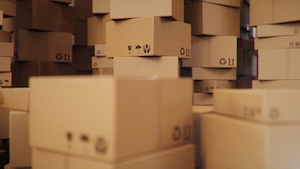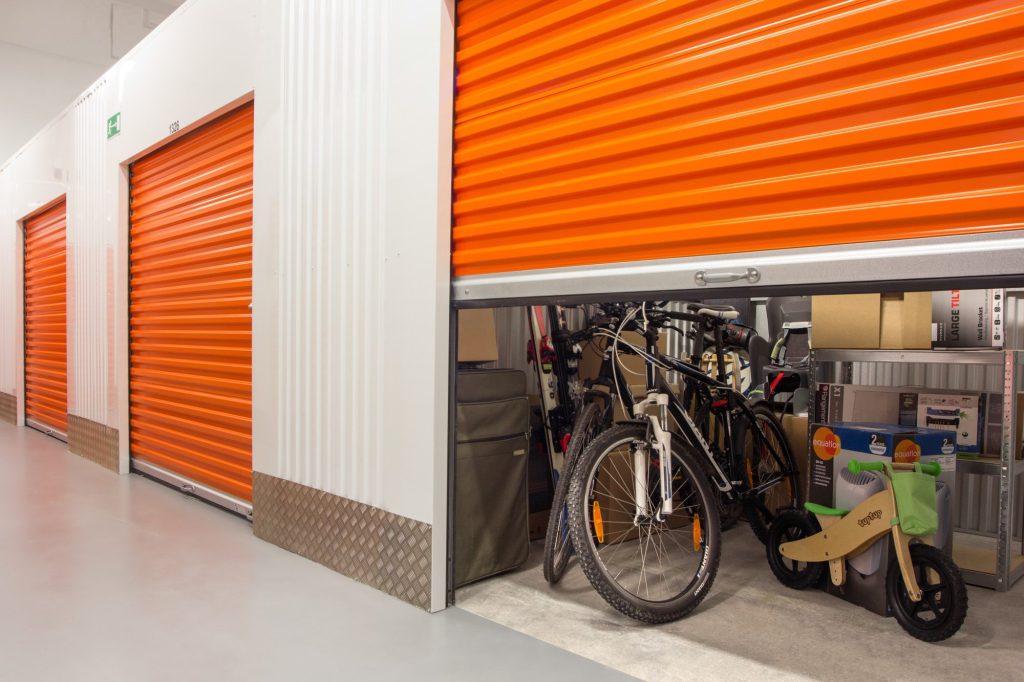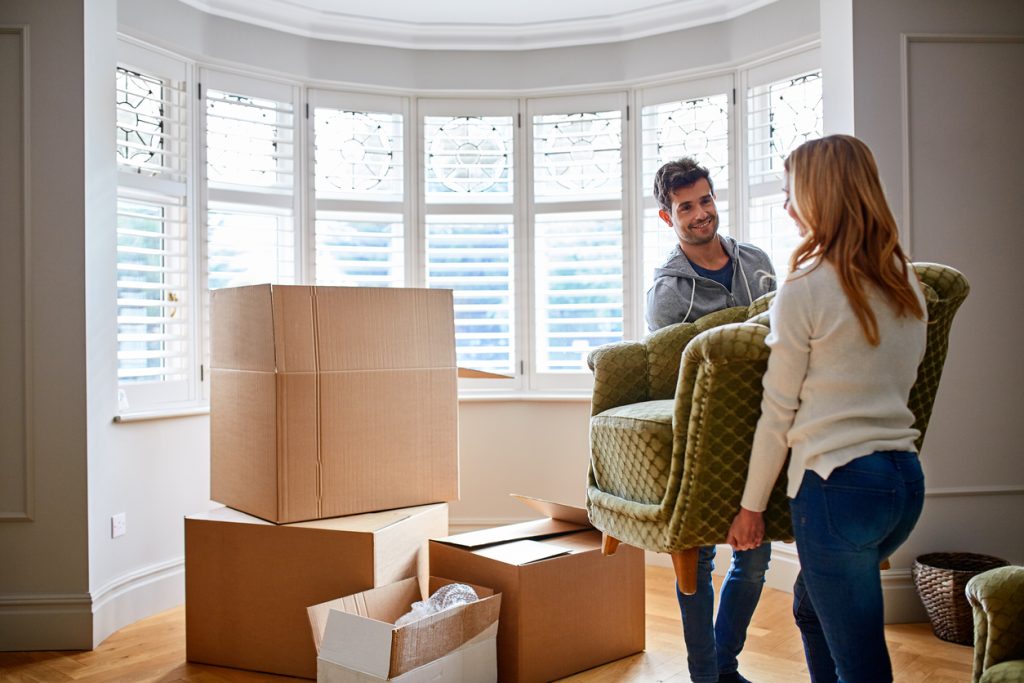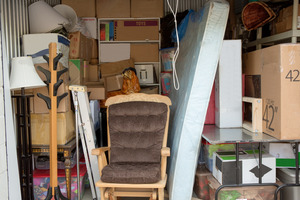In 2020, the economic losses due to flooding in the UK were estimated to be about £333 million. As the climate crisis grows, so does the risk of flooding throughout the year. Despite the government pledging to spend up to £5.2bn on flood defenses over the next five years, there are still regions in the UK likely to be hit hard by flooding in the winter months.
Flooding in the UK costs the government and insurers billions of pounds in emergency repairs every year, not to mention untold misery for the homeowners who lose their homes and all their contents to storm damage.
Although there has been a huge effort to improve community defences against storms and flooding, many homes and businesses are still vulnerable should the UK be faced with worsening adverse weather conditions every year.
There are a number of things you can do to protect your home from flooding and to stay prepared should your home be in a high-risk area. Here, we’ve covered the things you need to know to best protect your home against the worst damage flooding can cause.
Home Insurance
Covering your home and its contents against flood damage with a suitable home insurance policy is the best precaution you can take in protecting the financial value of your home from flooding. If you live in a high-risk area in particular, having a sufficient insurance policy in place means that even if the worst happens, you can make a claim to cover the cost of repairs and replacement items that may be damaged or lost altogether in flooding.
Take a look at our home and contents insurance to get a quote for your home today.
Sign Up For Free Flood warnings
If you’re in an area at risk of flooding in the UK, you can sign up to receive free flood warnings on your phone or email. Read more about signing up for flood warnings on the government website.
Have A Plan In Case Of Flooding
If you live in an area susceptible to flooding, it may be a good idea to have a flood plan in place. This plan could include:
- Contact numbers you may need should your property flood, such as emergency contacts, insurance providers, utility providers, etc
- A list of essential items that should be moved to a safe place in the event of a flood. This could include sentimental and valuable items, as well as furniture, pets, family members, etc.
- Instructions for shutting off your electricity and gas supply
Invest In Flood Protection Equipment
Consider stocking up on sandbags and storing them in an easily accessible place in the event of flooding. Sandbags are a great defence to protect your home against flooding, absorbing the excess water rather than allowing it to run freely into your home, so if you know your house is in a prime area for flooding, having these on hand is essential.
Raise Your Household Appliances
Should your home be affected by flooding, keeping your furniture and appliances safe is a priority. One of the best (and simplest) ways to do this is to raise your appliances above ground level.
That could mean attaching a TV to the wall rather than keeping it on the floor, replacing table and chair legs with plastic to keep them from being damaged, and installing shelving in your home to store sentimental items out of harm’s reach.
Air Brick Covers
Air brick covers fit over air bricks in order to stop floodwater from entering. They are relatively inexpensive, costing anywhere from £50 to £300 to purchase for your home. If you are going to buy air brick covers (instead of investing in water-resistant air bricks which is much more expensive!), be sure that you remember to remove the covers once the flooding has passed so that the bricks are able to dry out again.
Non-Return Valves
Non-return valves prevent water from backing up on itself and returning to the home and can be fitted on drain pipes and other pipes around the home. These valves are a cheap investment and can be extremely useful for reducing the amount of water that gets into your home in the event of flooding.
Move Electrical Sockets Higher
Damaged electrics in your home are not only a huge inconvenience but can also be very expensive to repair. A simple but effective way to protect your home’s electricity from flooding is to move your electrical sockets higher on the wall.
This small and inexpensive change can make all the difference should your home be affected by flooding.
Fit Water-Resistant Skirting Boards
Wooden skirting boards are often damaged beyond repair in the event of flooding, leaving the homeowner faced with costly repairs to the entire ground floor area. A simple fix to protect your home against flood damage is to install water-resistant plastic skirting boards instead. While not as aesthetically pleasing as wooden skirting, plastic requires just a simple wipe-down after flooding, rather than being completely replaced. If you don’t like this idea, at least consider varnishing your wooden skirting to give it an added layer of protection should your home face storm damage.
Flooring & Carpets
If you live in an area that has a high risk of flooding, then taking a look at the flooring in your home is a good idea. Carpet is often irreparably damaged in flooding, and is not a good choice if your home is in a high-risk zone. Instead, you could opt for tiles, or non-fitted carpets or rugs which can easily be lifted and removed before your home is even affected.
If your home is damaged by storms and flooding, having Buildings & Contents insurance will ensure that your home and the possessions inside are covered by your insurance policy.
At Surewise, we offer a number of Home Insurance policies designed to suit all budgets and requirements – take a look at our Home Insurance Cover here for more information.








